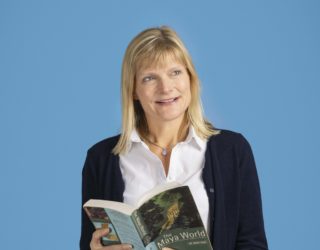Assistant Ecologist, Heather, takes us through a varied and exciting 24 hours undertaking bat surveys as part of the Thomson Ecology team where, due to the large number of species and range of surveys the team carries out, no two days are the same.
11:30
The day starts slightly later so that I can get a bit of extra sleep before tonight’s surveys. I start the day by organising projects with clients, preparing quotes and working on outstanding reports.
13:30
My colleague and I travel to a residential building in Sussex to undertake a Preliminary Roost Assessment. This involves assessing the potential of the building to support roosting bats, and deciding whether further survey effort will be required to evidence the presence, or likely absence, of roosting bats within the building to support a planning application.
After carrying out the site visit, we return to the office, upload any photos, notes and maps that we have made on site, and discuss the results of our survey ready to prepare a report for our client. We then travel to a hotel in London, where our nights stay will be, to carry out night surveys in that area.
18:30
Once we arrive at the hotel, we have a break and eat dinner prior to the start of our night time bat surveys.
20:00
We travel a short distance to the site for our dusk emergence survey and begin to scope out the features of the building that we will be watching. I allocate locations to myself and other surveyors that ensure each of the potential access points to the building that bats could use are being observed.
At 15 minutes before sunset, we begin the survey. This involves watching these potential access points for bats leaving the building. We also use devices called Bat Loggers to be able to listen to and record the echolocation calls of the bats we observe. This helps us to identify which species of bat we are observing, as each species has a different pattern of echolocation call. It also allows us to record the level of bat activity in the area.
23:00
Two hours after sunset, we finish the survey, pack up our equipment and head back to the hotel to sleep.
02:00
We are up early to drive to another site for a dawn return to roost survey, which involves the same process as the dusk survey, except we are looking to see bats returning to roost for the day within the building. We start the survey two hours before sunrise.
05:00
At 15 minutes after sunrise we finish the survey and head back to the hotel again to (hopefully) finish getting some sleep.
11:30
Once we have caught up on a little more sleep, we meet up and complete our post-survey analysis of the bat echolocation recordings for both our surveys and head back to the office.
Do you or your business need help with ecological surveys? Contact us today.
Why not check out our latest news for more information.











